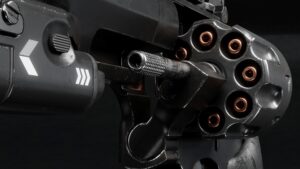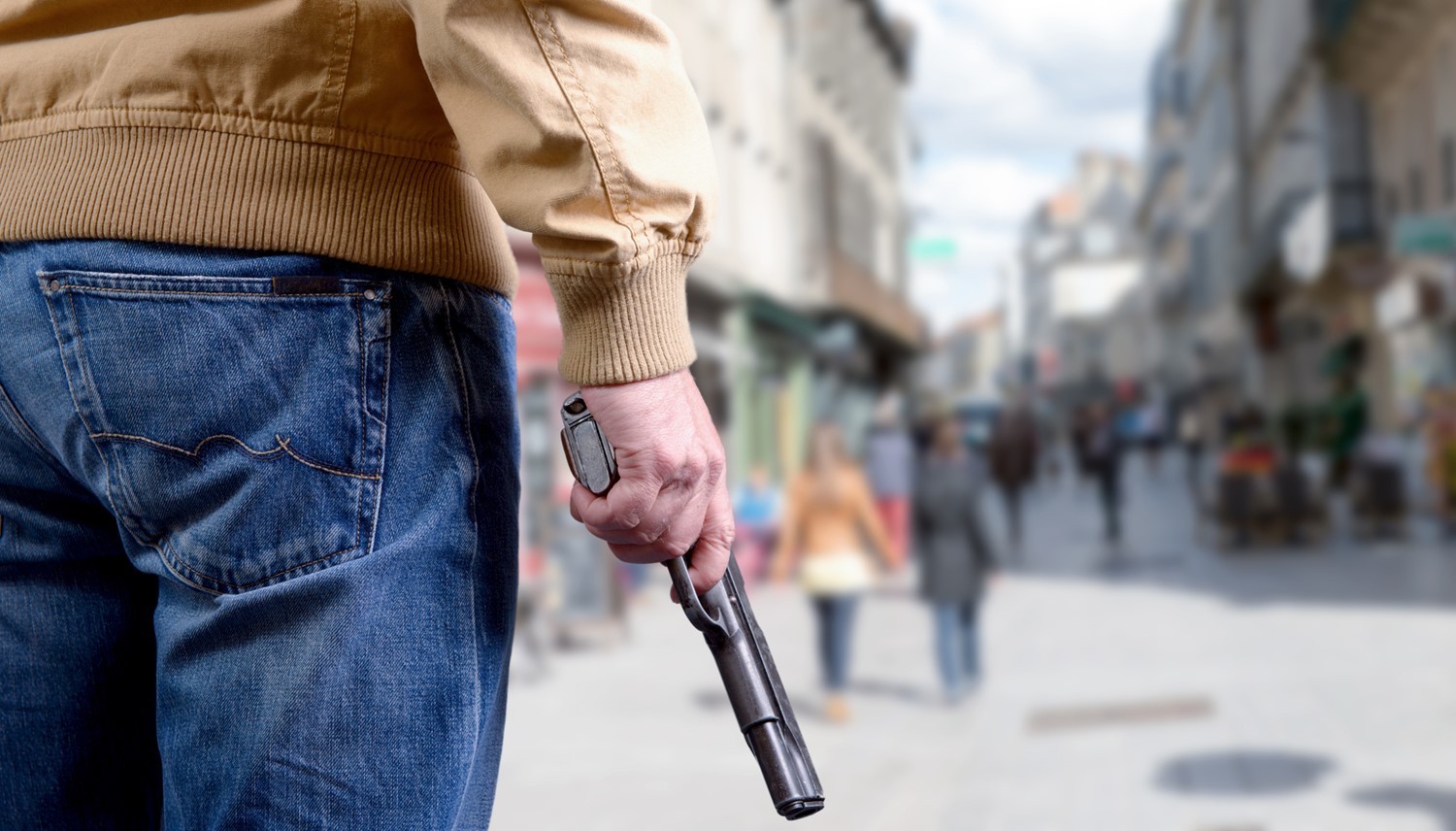 A joint operation between Victoria police and the Australian Border Force in early November resulted in the seizure of 80 illegal firearms and the arrest of 35 people across the state. Aside from the military-style guns and gun parts, the seized equipment also included two 3D printers, setting a dangerous precedent for gun ownership.
A joint operation between Victoria police and the Australian Border Force in early November resulted in the seizure of 80 illegal firearms and the arrest of 35 people across the state. Aside from the military-style guns and gun parts, the seized equipment also included two 3D printers, setting a dangerous precedent for gun ownership.
Since the Port Arthur Massacre of 1996, Australia has been adamantly clear on where it stands on gun control. For starters, self-defence isn’t an acceptable reason for owning a gun, unlike in some countries. Those eligible for ownership must apply for a firearms licence, in which one of the requirements is a genuine reason.
Licenced gun owners have huge shoes to fill, such as making sure they don’t become a threat to public safety by carrying their guns around. They can be charged with causing danger with a firearm, which carries serious penalties. Here’s everything you need to know about this offence.
What Does The Law Say?
A crime under Section 93G of the Crimes Act 1900, ‘Causing danger with a firearm or spear gun’ consists of three key subsections, of which the NSW Consolidated Acts site provides a complete rundown.
Subsection 1 criminalises the possession of a loaded firearm and discharging it in a public place or anywhere that can put a person’s life in danger. It also criminalises carrying said firearm in a way that’ll likely harm someone or with total disregard for either the owner’s or others’ welfare.
Subsection 2 defines the circumstances in which a firearm is considered loaded. Simply put, any gun is loaded if it contains a round in the chamber or barrel or has a magazine feeding rounds in the chamber or barrel. Meanwhile, a loaded spear gun has a spear or anything similar fixed to it.
Subsection 3 states that a person can’t be charged with this offence if possessing or discharging a firearm doesn’t violate the conditions under Subsection 1. Fulfilling this entails giving the court a justifiable reason for such actions.
What Qualifies As A Firearm?
The Crimes Act 1900 bases its definition of a firearm on Section 4 of the Firearms Act 1996, as stated in Section 93F of the former. Legal experts stress that knowing these definitions is critical in building a solid case against gun charges like this one. For starters, just because it looks like a gun doesn’t mean it’s a firearm by legal definition.
As explained in the Firearms Act, a firearm is a weapon that propels projectiles using explosives, which includes blank-firing guns or compressed air. This definition excludes paintball markers that meet the definition stated in the Paintball Act 2018 or any weapon that doesn’t meet it.
The offence doesn’t mention the possession or use of an ‘imitation firearm,’ which the Firearms Act defines as an object that’s made to look like a firearm but isn’t considered one. Although the Act excludes toy guns, other examples still carry other firearm-related legal implications.
However, the offence includes pistols, a firearm that can be raised or fired with one hand. The Firearms Act doesn’t state further details on what qualifies as a pistol other than not exceeding dimensions prescribed by existing regulations.
If a person is caught owning a Schedule 1 firearm, they can expect additional charges on top of violating Section 93G. Examples of Schedule 1 or prohibited guns include but aren’t limited to:
- Rapid-fire weapons, such as machine guns and submachine guns
- Self-loading rimfire or centre-fire rifles or pump-action shotguns
- Any firearm fitted with a revolving mechanism (except those made before 1920)
- Any firearm capable of discharging chemicals or hazardous substances
- Shotguns with drum magazines (the law cites the Armsel Striker-12 as an example)
Owning an unregistered firearm, whether legal or illegal, is self-explanatory. Some imitation firearms don’t need registration, though they need a permit from the Commissioner of Police.
How Harsh Are The Penalties?
Section 93G, Subsection 1 states that an individual charged with causing danger with a firearm or spear gun can face up to 10 years behind bars. To put that into perspective, according to the Judicial Commission of NSW, the government treats firearm offences more seriously than, for example, reckless wounding (which carries a seven-year imprisonment sentence).
The reason for this is quite straightforward. Once a person pulls the trigger, there’s no stopping the bullet from hitting someone square in a fatal area. It isn’t like wielding a blade, where the user can stop their momentum at the last second.
The Judicial Commission also states that the person’s motive is irrelevant to such an offence. Whether or not they mean it, discharging a firearm in a public space is a blatant disregard for public safety and is punishable accordingly.
Conclusion
Causing danger with a firearm carries a hefty sentence, much so when combined with other offences like possessing prohibited firearms. This and other laws show that Australia won’t risk another Port Arthur-like tragedy within their borders. Unless work warrants it, not carrying a firearm in public may be for the best.
But as intimidating as it may seem, such an offence can still be disputed with solid evidence and a professional legal team. Check out the Criminal Offences section to learn how we handle gun-related offences.


